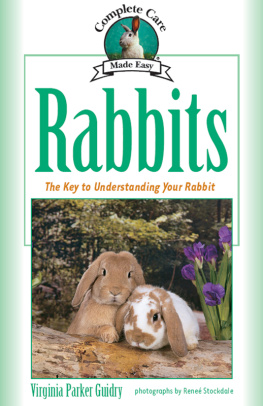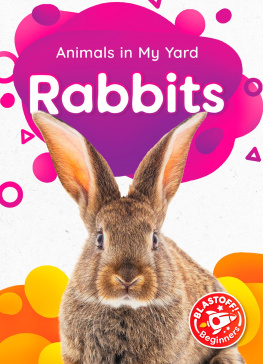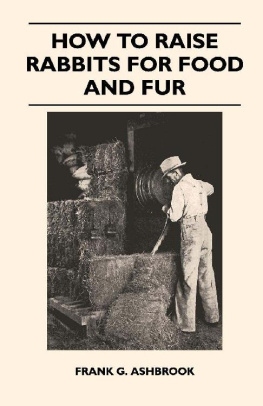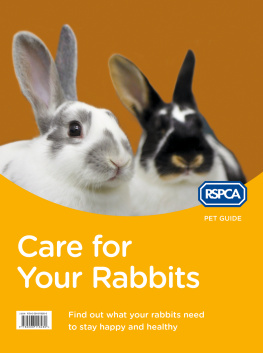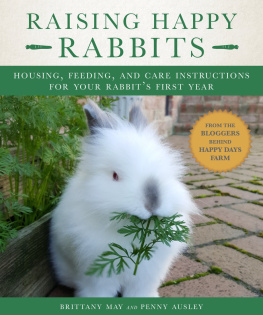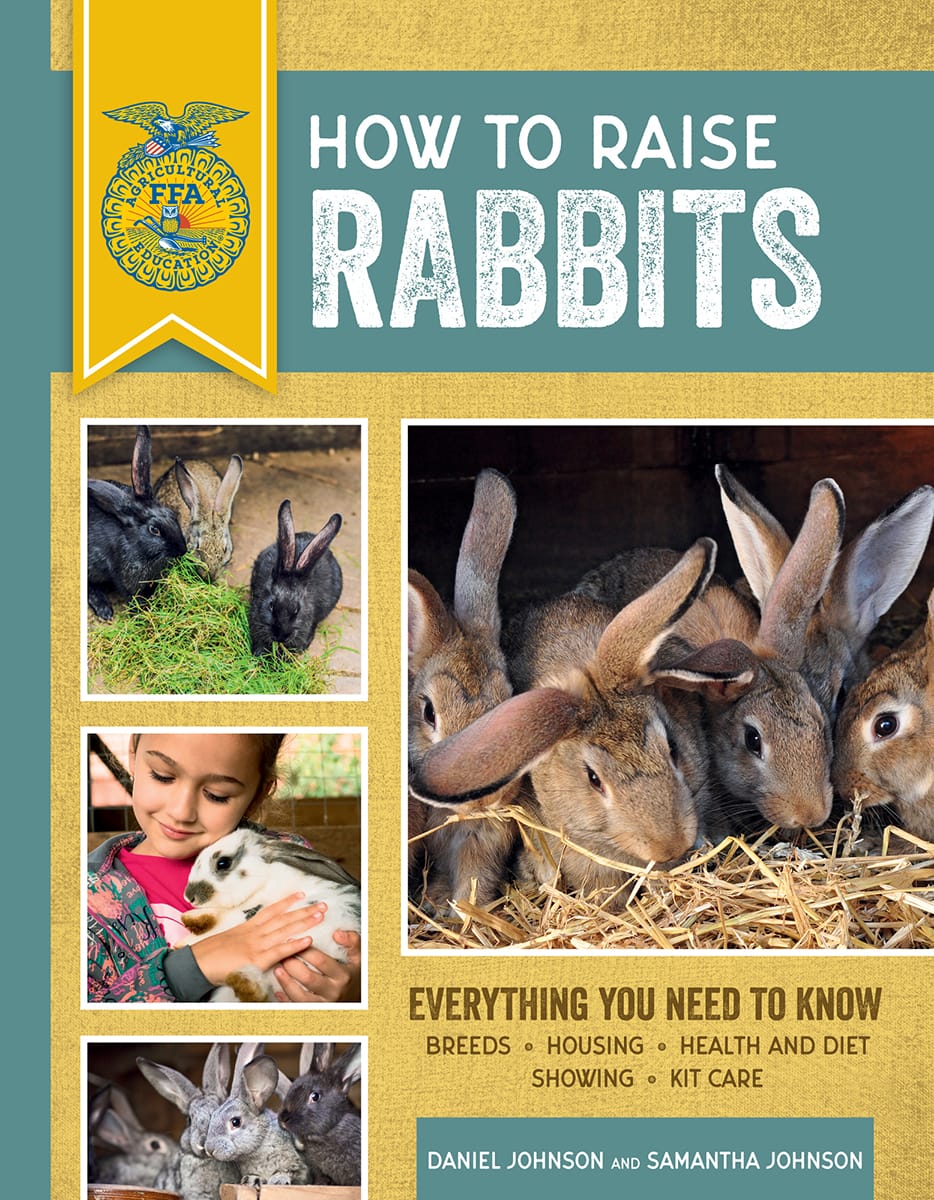This Tortoise-colored Holland Lop is an example of the compact shape. The Holland Lop is a small breed with normal fur.
If youre looking for the cute factor (and many of you probably are), then you cant go wrong with the Holland Lop, the American Fuzzy Lop, the Netherland Dwarf, or the Polish. With weights ranging from 2 to 4 pounds, these petite bunnies are inevitable crowd-pleasers and very popular with those who like to show. Entries for Holland Lops and Netherland Dwarfs usually outnumber most of the other breeds at shows.
If the lop-eared look catches your fancy but you would like something larger than a Holland Lop or an American Fuzzy Lop, you might want to consider one of the other lop-eared breeds, such as the Mini Lop, the English Lop, or the French Lop. Mini Lops are a midsized rabbit with an ideal weight of 6 pounds, while the English and French Lops are larger breeds, often 10 pounds or more.
This Jersey Wooly is a Chestnut Agouti. Note the distinctive ring pattern where wind is blowing on her fur. The Jersey Wooly features Angora wool, a compact shape, and a small size.
If you like the fuzzy appearance of the American Fuzzy Lop but would prefer a rabbit breed without lop ears, then you might consider one of the other wooled breeds, such as the French Angora, the English Angora, the Satin Angora, the Giant Angora, or the Jersey Wooly. Of these breeds, the Jersey Wooly is the smallest, with the Giant Angora (you guessed it) the largest, and the French, English, and Satin breeds ranging in between. All of these breeds boast the gorgeous angora fur that makes these rabbits unique.
Some breeds are particularly noted for their distinctive color patterns. These breeds include the Dutch, the Californian, the Checkered Giant, the Hotot and Dwarf Hotot, the English Spot, the Harlequin, the Himalayan, and the Rhinelander. The Californian and Himalayan breeds have similar patterns that feature a creamy-white body accompanied by dark points (ears, nose, tail, feet) to create a distinctive look. The Himalayan, however, exhibits an extremely different body type than the Californian, so dont worry about confusing the two breeds. The Hotot and Dwarf Hotot are entirely white with eyes encircled by a dark ring. The Harlequin is unique in that it is an unusual combination of calico coloring, accompanied by orange in the Japanese color variety and white in the Magpie color variety. Spots are the distinctive features of the Checkered Giant, the English Spot, and the Rhinelander, with each breeds standard differing slightly with regard to the placement of the spots. And finally, there is the one-of-a-kind Dutch, with its tuxedo-type coloring of a white chest and darker colored body.
Two breeds have developed over time that are well known for their white coloring: the Florida White and the New Zealand White. Both breeds are commercial in type and are very popular. The New Zealand is also found in other colors, including Red, Broken, and Black, but White is the predominant color. On the opposite end of the color spectrum, you will find the Havana, which is similar in build to the Florida and New Zealand Whites, but is found in Black, Chocolate, Blue, Broken, and Lilac.
These Rex rabbits exhibit the Lilac coloring. Rex rabbits are considered a medium-sized breed. They display the commercial shape and feature their distinctive Rex fur.
Historically, chinchilla coloring was so popular that three ARBA-recognized breeds evolved with this specific coloring. These include the American Chinchilla, the Standard Chinchilla, and the Giant Chinchilla. Of these, the smallest is the Standard Chinchilla, with the American Chinchilla being a bit larger and the Giant Chinchilla larger still. The American Chinchilla was an extremely popular breed during the 1920s but is now listed in the threatened category on the Livestock Conservancys list, meaning that few American Chinchillas remain, although the population has risen a bit in recent years.


